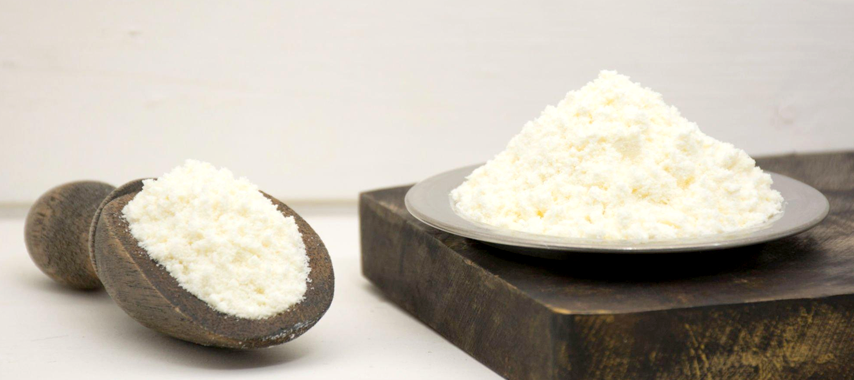

Published on Dec 20th, 2023

Food manufacturing is a complicated and dynamic sector that constantly seeks new, creative ways to improve product quality and shelf life. Tapioca maltodextrin is one of these innovations that is gaining popularity. Improved texture, stability, and shelf life for different food products are just a few advantages of this adaptable ingredient.
Imagine enjoying a bite of your all-time favorite potato chips, which are perfectly light, flawlessly crisp, and oozing with flavor. Or perhaps you've admired the delicate texture of a cup of hot chocolate; you're met with a cloud of chocolate powder that seems to dissolve on your tongue, enhancing the cocoa experience and the rich, chocolatey flavor. What features do these culinary miracles share?
They owe some amazing properties to tapioca maltodextrin, a practically unheard yet remarkably adaptable substance. The name may seem a little frightening. Still, once you know its culinary power, you'll regard it as a kitchen magician's best-kept secret, silently working in the background to improve your favorite meals' textures, stability, and shelf life.
The Tapioca maltodextrin may turn the ordinary into something remarkable. It begins its trip as tapioca starch, made from the tropical tuber known as cassava, which is widely produced throughout most of the world. This starch is converted into tapioca maltodextrin, a fine, white powder.
The versatility of tapioca maltodextrin in the kitchen makes it so exciting. It can change the textures and flavors. Fats can be absorbed and encapsulated by this unassuming powder, which turns them into powders. It can produce wonderful foams, amplify flavors, and improve a dish's overall sensory appeal.
Have you ever questioned how cooks can transform liquids into powders? The capacity to transform common liquids into ethereal powders is one of the most impressive tricks used by chefs, who are effectively culinary sorcerers. The tapioca maltodextrin gives them the ability to work this culinary alchemy. This powder shows its magic when it comes into contact with oils or fats. Combined, it can quickly turn oils or fats into a light, powdery texture.

Tapioca maltodextrin offers more benefits outside just texture. The stability of food products is also superbly maintained by it. Consider salad dressings as an illustration. Over time, these delectable mixtures may separate, leaving you with an oil layer that doesn't exactly look appetizing. Tapioca maltodextrin is now present. Keeping the components from separating inhibits emulsification and guarantees that your dressing tastes impressive up to the last drop.

Everyone wants their favorite candies and snacks to last longer, isn't that right? Tapioca maltodextrin can also be helpful in this situation. A big game-changer in terms of extending the shelf life of food goods is their capacity to absorb moisture.
Think about cheese sauce powder. It can be stored on the shelf of your cupboard for months without clumping or going bad because of tapioca maltodextrin. Your cheese sauce mixture is kept dry and ready to whisk up at any time by being sucked in and sealed off from moisture in the air.
Tapioca maltodextrin can be used in a variety of food products, such as:
Desserts and confections: It makes various sweet dishes with a velvety texture. It also helps produce delicious toppings and fillings by stabilizing foams.


With its many advantages, such as improved texture, stability, and longer shelf life, just like rice maltodextrin, tapioca maltodextrin is a crucial ingredient in food production, just like rice maltodextrin. Its adaptability in capturing flavors, producing creamy textures, and stabilizing foams makes it a sought-after ingredient in the sector. Tapioca maltodextrin will likely stay a mainstay in food makers' kitchens as they continue developing new products and satisfying customer needs.
BackBe the first to know about new products, events and offers.